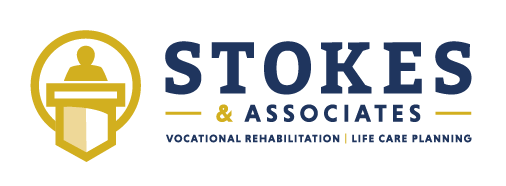Identifying Alternate Occupations: Key Factor in Vocational Assessments
Understanding the process of identifying alternate occupations is crucial when assessing evaluees who can no longer return to their previous work due to injuries. This process typically begins after a medical provider, consultant, or functional capacity evaluation determines the client's work capabilities and limitations.
A comprehensive vocational assessment starts with analyzing the client's work history. This analysis reveals transferrable skills, achieved competencies, and potential career directions that align with current physical capabilities. While the assessment often begins after Maximum Medical Improvement (MMI), early evaluation can facilitate successful work transition planning.
Geographical factors significantly impact viable employment options. Most positions should be available within reasonable commuting distance, typically 50 miles from the client's residence. However, local market conditions matter - a position may exist in theory but prove impractical if opportunities are scarce in the client's region or if typical commute patterns in the area differ.
Objective testing strengthens the vocational assessment. Achievement and intelligence evaluations provide empirical data about cognitive capabilities, similar to how functional capacity evaluations document physical abilities. Testing considerations include educational background, time elapsed since formal education, past work skill levels, and recent assessment history.
Professional qualifications encompass formal education, computer proficiency, specialized training, and certifications. Work experience often substitutes for formal education requirements - a factor confirmed through targeted labor market surveys. A detailed work history provides essential context for matching clients with appropriate alternate occupations.
The vocational assessment synthesizes these elements to identify viable employment options that match the client's capabilities, geographical constraints, and market realities. This systematic approach ensures recommendations will withstand scrutiny while serving the client's occupational needs.
